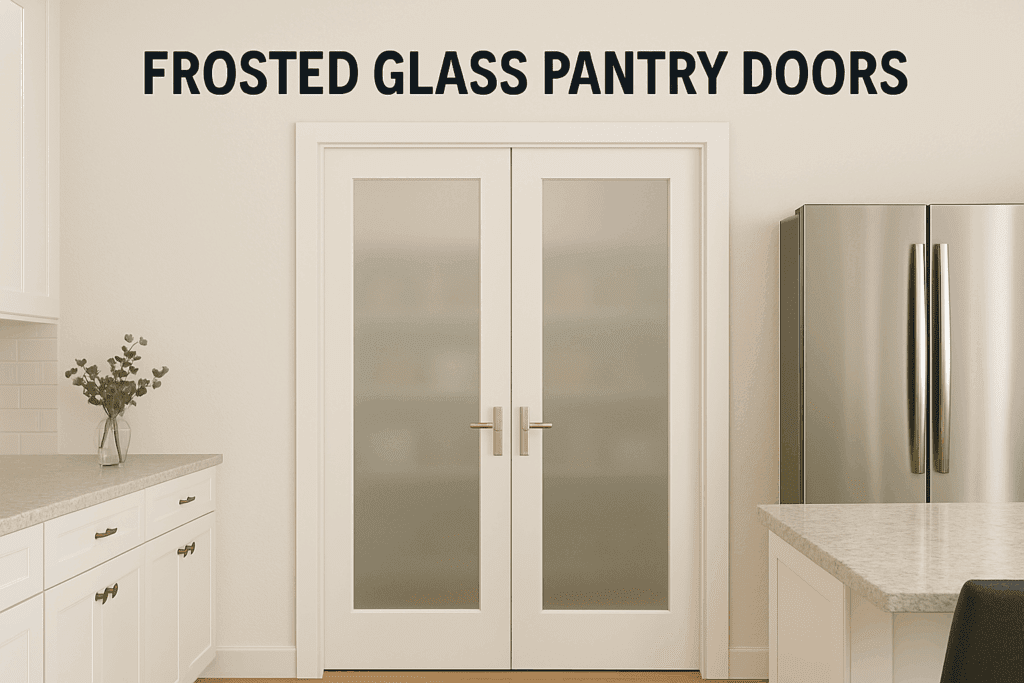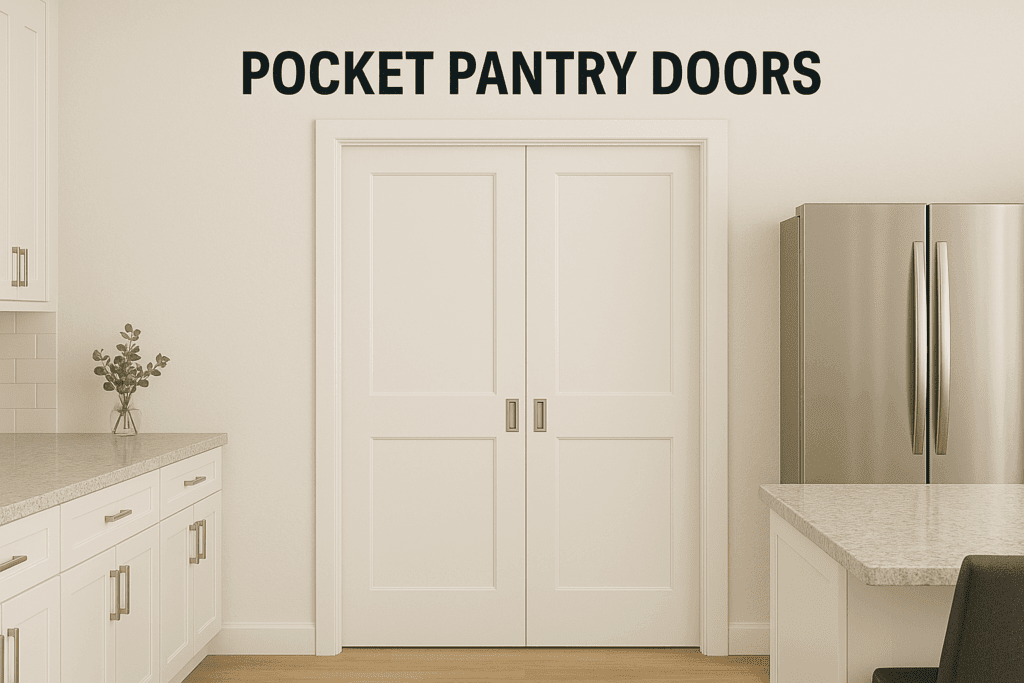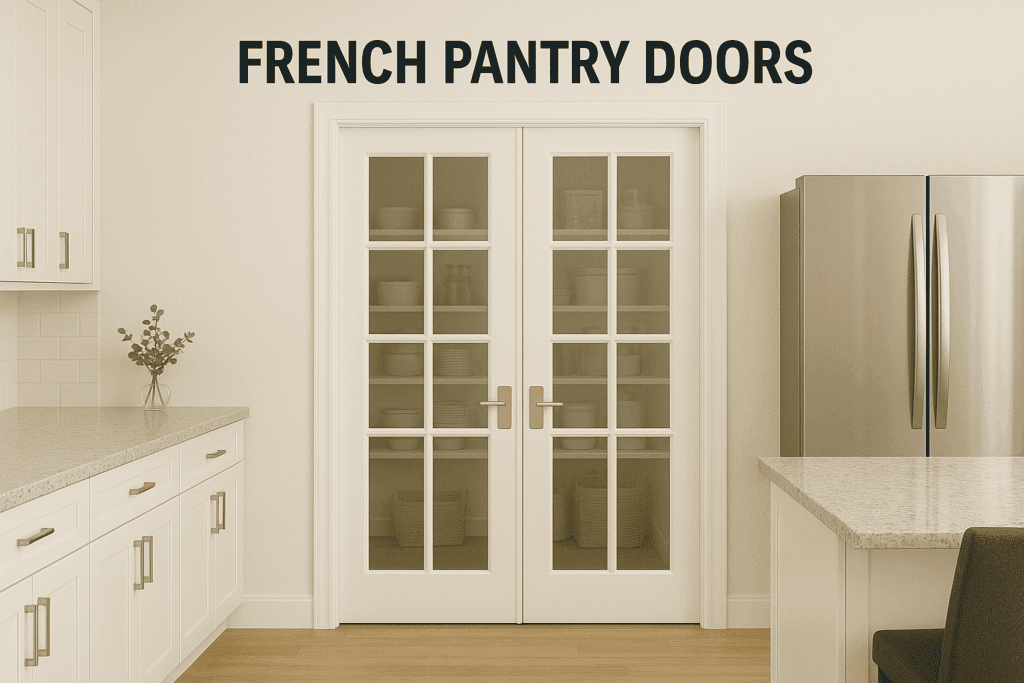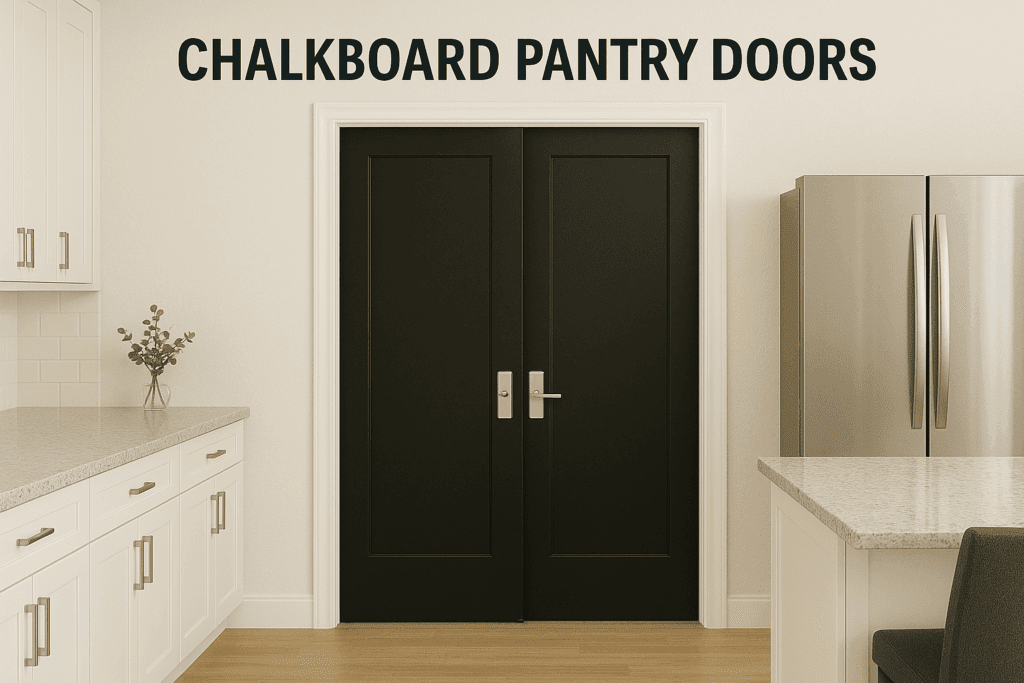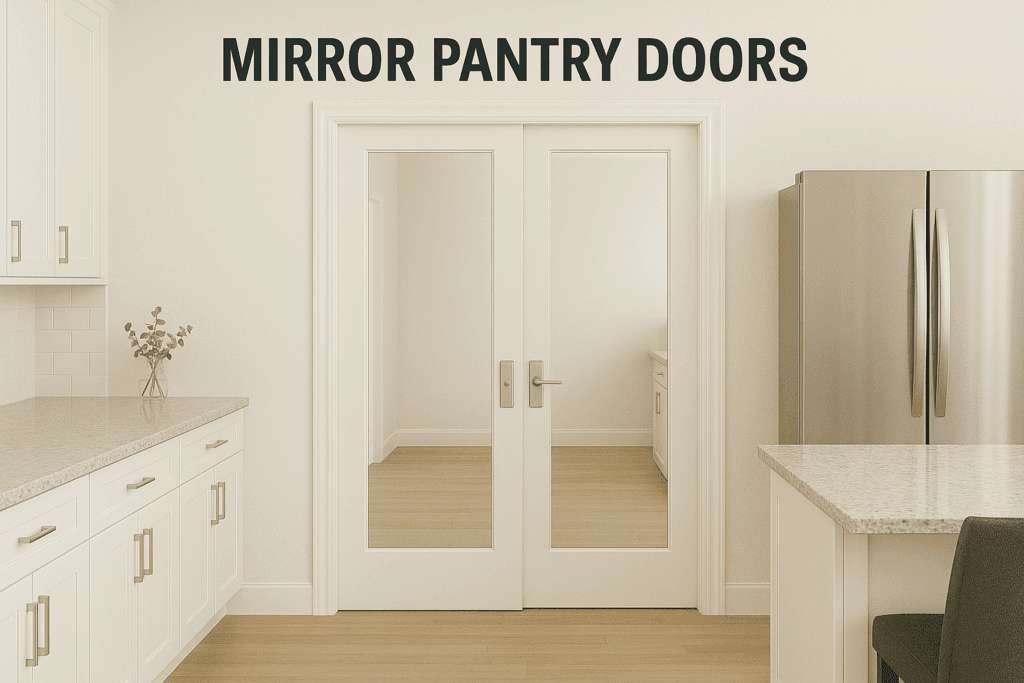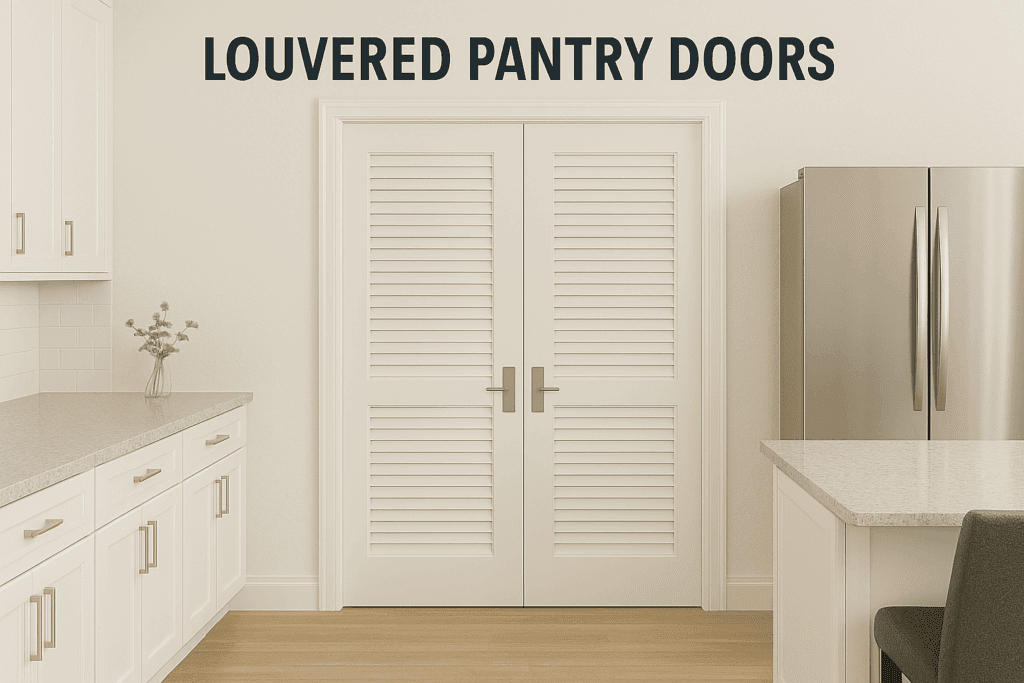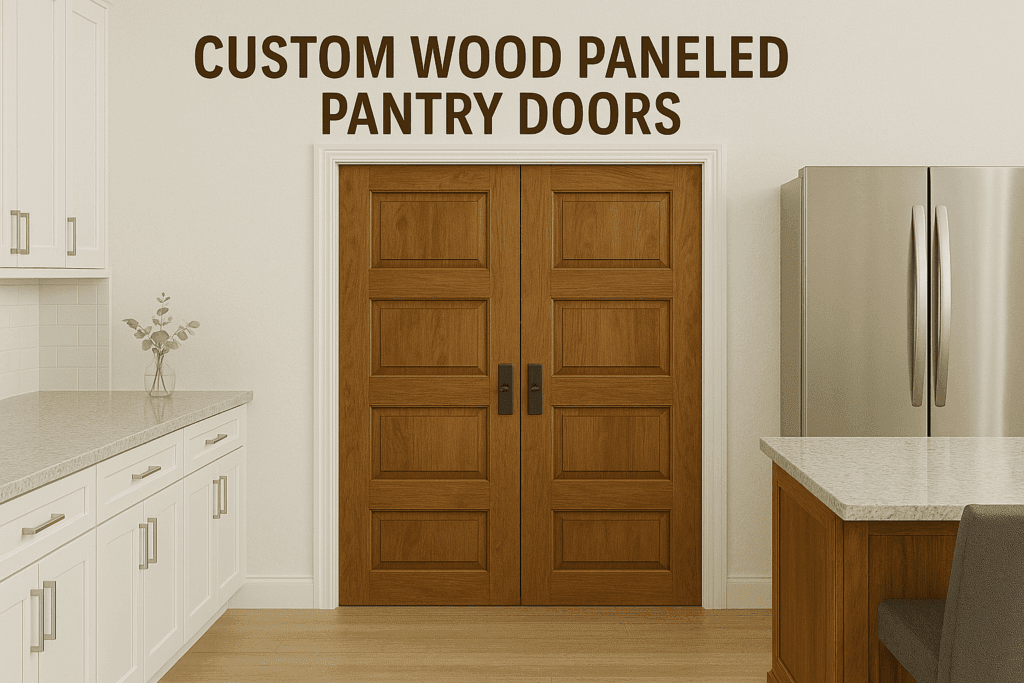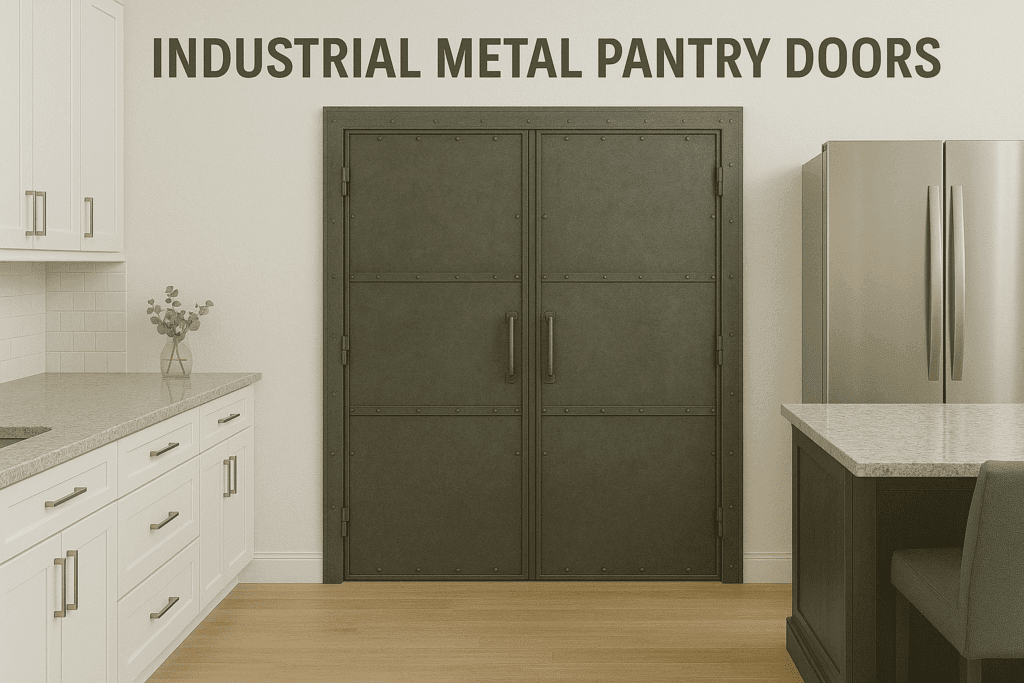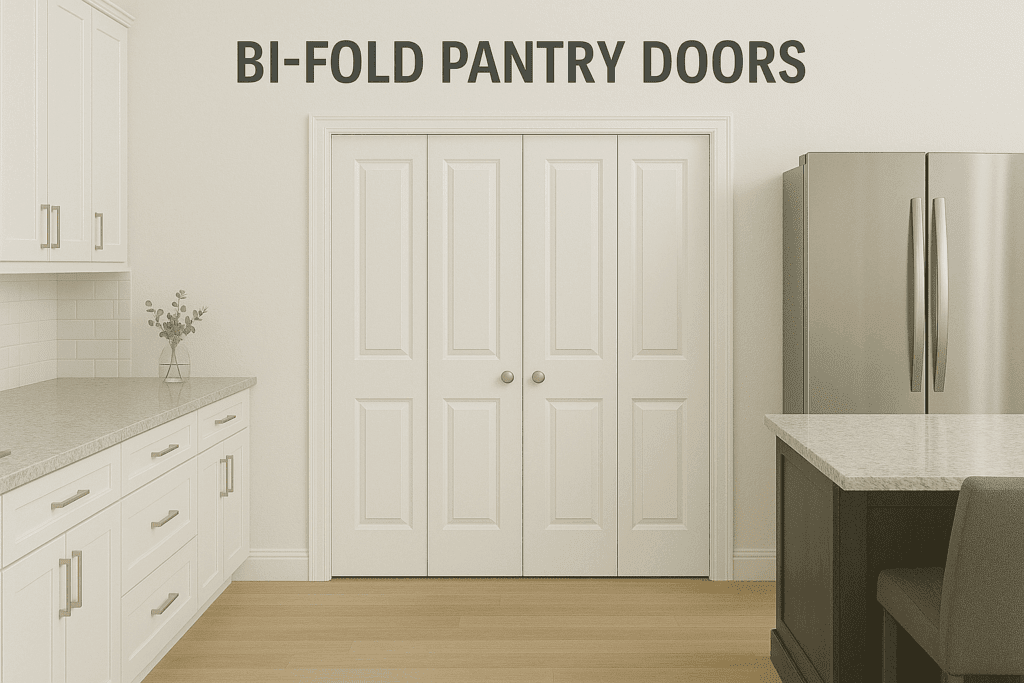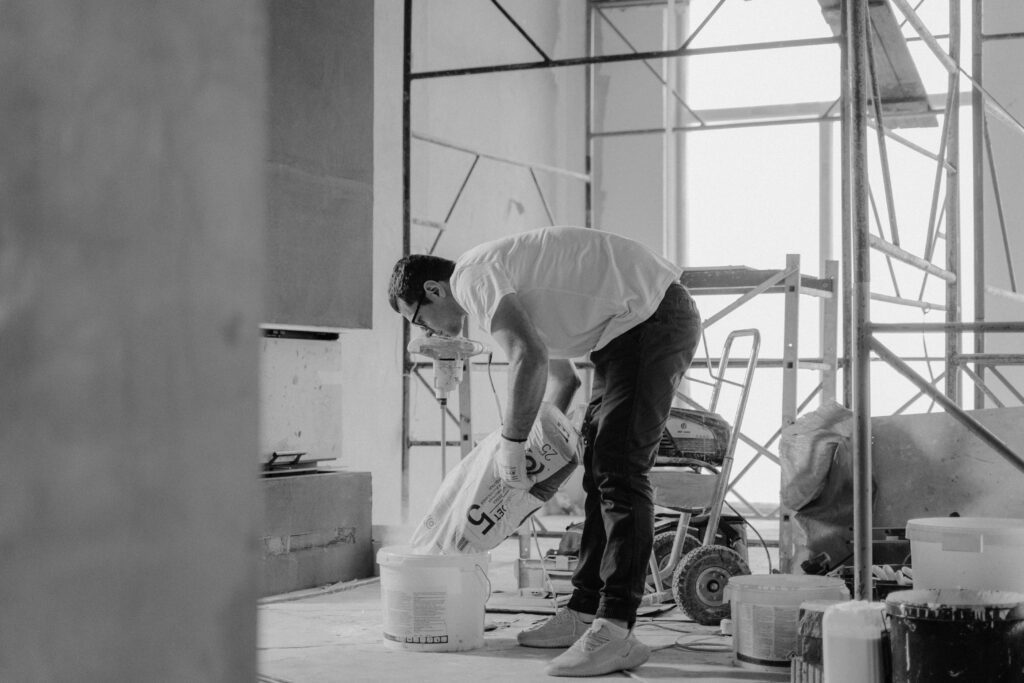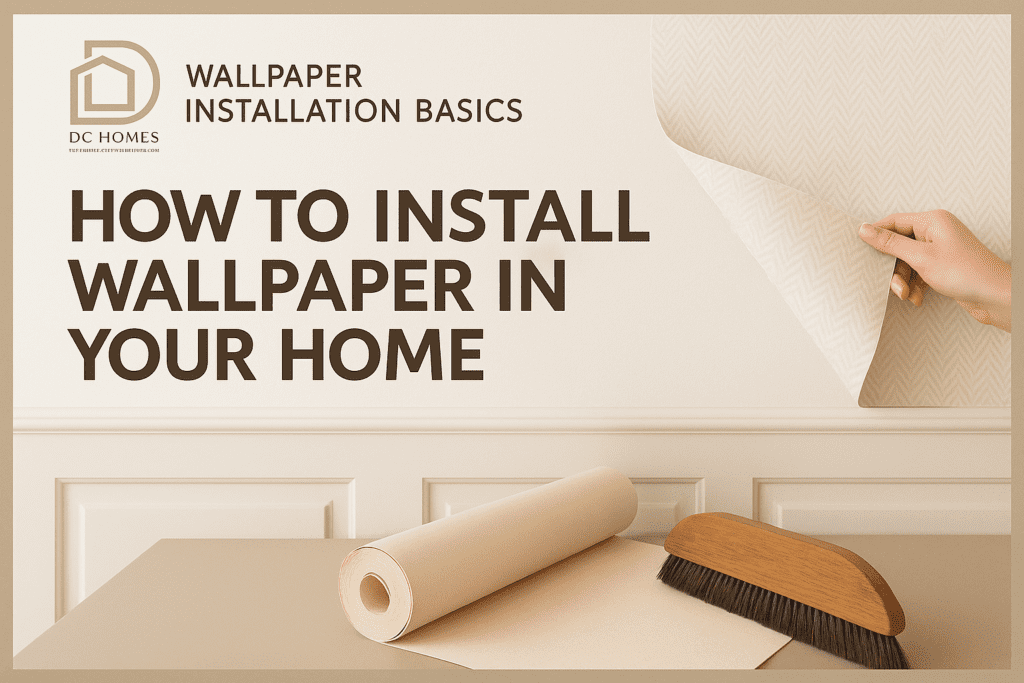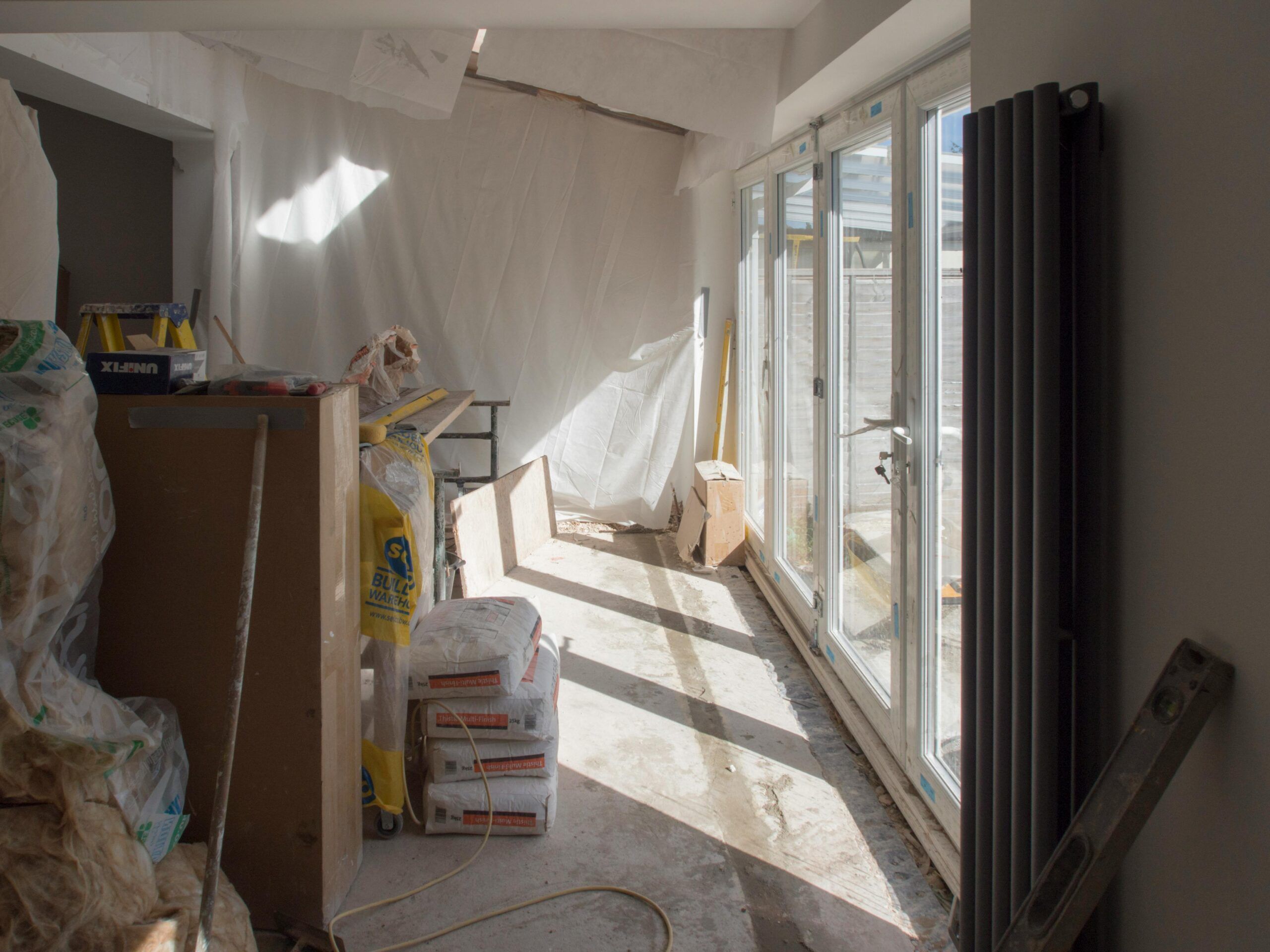Quartzite vs Quartz: Which Is the Best Choice for Your Kitchen Countertops?
Not all countertops are created equal. Discover the real kitchen game-changer that upgrades function, boosts style, and increases your home value in Columbus.
Not all countertops are created equal. You’re standing in your kitchen, coffee in hand, staring at those dated laminate surfaces that scream 1995. The quartzite vs quartz debate has probably crossed your mind more than once as you scroll through those gorgeous renovation photos on Pinterest. Here’s the thing though: choosing the wrong best countertop material could cost you thousands in regret down the road.
Your kitchen countertops work harder than your morning espresso. They handle everything from hot pans to homework sessions, and they’re one of the first things potential buyers notice if you ever decide to sell. So let’s cut through the marketing fluff and get real about what these materials can actually do for your space.
Why Your Countertop Choice Matters
Picture this: your neighbor just finished their kitchen remodel and invited you over for dinner. The moment you walk in, your eyes go straight to those stunning countertops. They’re practically glowing under the pendant lights, and you can’t help but think about how tired your own kitchen looks in comparison.
That’s the power of the right surface choice. Luxury kitchen surfaces don’t just look good; they become the foundation of how your kitchen functions every single day. When you’re prepping vegetables for Sunday dinner or helping kids with art projects, your countertops are right there in the thick of it.
For homeowners in Columbus, this decision carries extra weight. Our Ohio weather puts homes through the wringer with temperature swings that can affect how materials expand and contract. Plus, if you’re thinking about selling in the next few years, the right countertops can bump your home value by thousands. The wrong choice? Well, let’s just say buyers notice outdated surfaces faster than you can say “price reduction.”
Think about your daily routine. How many times do you lean on, cut on, or place hot items on your counters? Now multiply that by 365 days, then by however many years you plan to stay in your home. That surface needs to be tough enough to handle whatever life throws at it.
What Are Quartzite and Quartz?
Let’s start with quartzite. This is the real deal when it comes to natural stone countertops. Mother Nature spent millions of years transforming sandstone into this incredibly hard material through heat and pressure. Think of it as sandstone that went to the gym and came back absolutely ripped. Each slab tells its own story with veining patterns that no factory could ever replicate.
Quartz countertops tell a different story. These engineered stone countertops combine about 90% ground quartz with resins and pigments. It’s like taking nature’s blueprint and giving it a high-tech makeover. Manufacturers can control everything from color consistency to patterns, creating surfaces that look stunning while solving some of the challenges that come with natural stone.
Here’s where it gets interesting: both materials contain quartz mineral, but they’re about as different as a wild horse and a well-trained thoroughbred. One’s straight from the earth with all its beautiful imperfections, while the other’s been engineered to perform exactly as designed.
The confusion often starts with the names. People hear “quartz” and think both materials are the same thing. Not even close. Quartzite forms naturally in the ground over geological time scales. Quartz countertops get made in factories using advanced manufacturing processes. Both have their place, but understanding this difference is crucial for making the right choice.
Durability Face-Off: Everyday Strengths & Weaknesses
If your kitchen sees a lot of traffic (and if you’ve got kids, pets, or late-night snackers, it probably does), durability becomes non-negotiable.
Here’s how they stack up:
Quartzite
- Heat-resistant: You can place hot pans directly on it.
- Scratch-resistant: Tough enough for daily wear and tear.
- Porous: Needs sealing to resist staining from oils, wine, or acidic foods.
Quartz
- Non-porous: No sealing needed, ever.
- Stain-resistant: Stays spotless with minimal effort.
- Heat-sensitive: Can discolor with direct exposure to high temps.
So if you’re big on hosting or have a house full of mess-makers, quartz might be your low-maintenance friend. But if you love to cook and need a surface that won’t flinch under heat, quartzite might be your warrior.
Aesthetics and Style Trends
Walking into a showroom and seeing both materials side by side reveals their personality differences immediately. Quartzite brings that authentic, one-of-a-kind beauty that comes from geological processes. No two slabs look identical, and the veining patterns range from subtle whispers to bold statements that demand attention.
Quartz offers something different: consistency and control. Want a specific color that matches your cabinet hardware perfectly? Quartz can deliver. Need a pattern that flows seamlessly across a large island? Engineered stone has you covered. The design possibilities seem endless, from solid colors that create clean, modern looks to patterns that mimic natural stones.
Current kitchen remodel trends lean heavily toward both materials, but for different reasons. Homeowners choosing quartzite often want that authentic, high-end look that photographs beautifully and feels substantial. Those selecting quartz typically prioritize the clean, consistent appearance that works well with contemporary design styles.
Color temperature plays a huge role in how these materials photograph and feel in your space. Quartzite tends toward warmer tones with its natural mineral composition, while quartz can be engineered to achieve cooler grays and whites that some modern designs demand.
The veining story matters too. Quartzite’s veins formed through geological processes, creating patterns that flow naturally across the stone. Quartz patterns get designed and repeated, which can sometimes look obvious if you know what to look for, though quality manufacturers have gotten much better at creating realistic variations.
How Much Work Will You Do?
Here’s where the rubber meets the road: how much effort are you willing to put into keeping your counters looking great? Both materials need daily cleaning, but their long-term care requirements differ significantly.
Countertop maintenance tips for quartzite start with sealing. Plan on resealing every 1-2 years to maintain stain resistance. The process isn’t complicated, but it’s another item for your home maintenance checklist. Between sealings, daily care involves wiping up spills promptly and using pH-neutral cleaners to avoid damaging the surface.
Quartz makes maintenance almost effortless. No sealing required, ever. Clean spills whenever you get around to it. Use regular household cleaners without worry. The engineered surface maintains its appearance with minimal effort, making it appealing for busy households.
But quartz has its own quirks. Direct sunlight can cause some colors to fade over time, especially in kitchens with large windows. Heat marks from hot pots create permanent damage that requires professional repair. These aren’t deal-breakers, but they’re worth considering if your cooking style involves lots of hot cookware.
Quartzite handles heat beautifully but demands respect for its natural porosity. Acidic substances like lemon juice or vinegar can etch the surface if left too long, creating dull spots that need professional restoration. Regular sealing prevents most staining, but vigilance pays off.
Is Quartzite or Quartz a Better Investment Price-Wise?
Cost isn’t just about the number on the invoice. It’s also about long-term value.
Quartzite usually costs more, both for material and installation. It’s heavier and harder to fabricate, which means labor costs rise. Expect to pay between $90–$150 per square foot installed.
Quartz is typically more budget-friendly, averaging $70–$120 per square foot. It’s easier to install and more readily available.
So which delivers better ROI?
- If you’re flipping a home or upgrading to sell, quartz might offer better bang for your buck, especially if aligned with current design trends.
- If this is your forever kitchen, and you’re investing in timeless beauty, quartzite may hold its appeal and value longer
The Columbus Difference: Weather, Home Value, and Local Expertise
Ohio’s climate presents interesting challenges for kitchen materials. Our temperature swings from winter heating to summer humidity can affect how different materials perform over time. Quartzite’s natural composition handles these changes well, expanding and contracting at rates similar to other natural stones.
Quartz engineered surfaces respond differently to temperature changes due to their resin content. Extreme temperature variations can sometimes cause expansion issues, though quality installation with proper expansion gaps prevents most problems.
Local home values in Columbus neighborhoods show strong appreciation for both materials, but buyer preferences vary by area and price point. Homes in established neighborhoods often benefit more from natural stone choices, while newer developments might favor the consistent appearance of engineered surfaces.
Columbus homeowners also deal with specific lifestyle factors. Our love for entertaining, especially during football season, means countertops need to handle everything from hot chili pots to numerous beverage glasses. Both materials perform well, but understanding their individual strengths helps match the right surface to your lifestyle.
Which Is Best for Your Home?
Still torn between quartzite vs quartz? Ask yourself:
- Do I want a natural look, or a more uniform modern style?
- Am I willing to do annual maintenance, or do I want zero upkeep?
- Will I be using the kitchen heavily for cooking, or mostly light use?
- What’s my budget and how long do I plan to stay in the home?
- Do I want to match current trends, or create a timeless feel?
There’s no one-size-fits-all answer here. But asking the right questions will point you to the surface that complements your life, not complicates it.
Ready for a Kitchen That’s All You?
Whether you lean toward the elegance of natural stone countertops like quartzite or the simplicity of engineered stone countertops like quartz, one thing’s for sure—your kitchen deserves to be more than just functional. It should feel like home.
At DC Homes, we specialize in helping Columbus families and investors choose the best countertop material for their lifestyle and design goals. Our renovation experts provide guidance from consultation through installation—without pressure, and with real answers to your real concerns.
Your dream kitchen is closer than you think. Let’s make it real.
Contact DC Homes today for a free consultation and see what’s possible.




